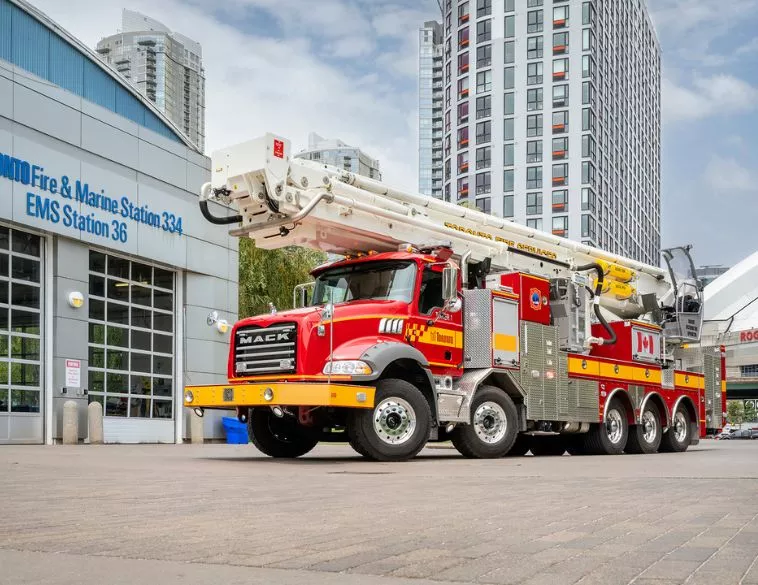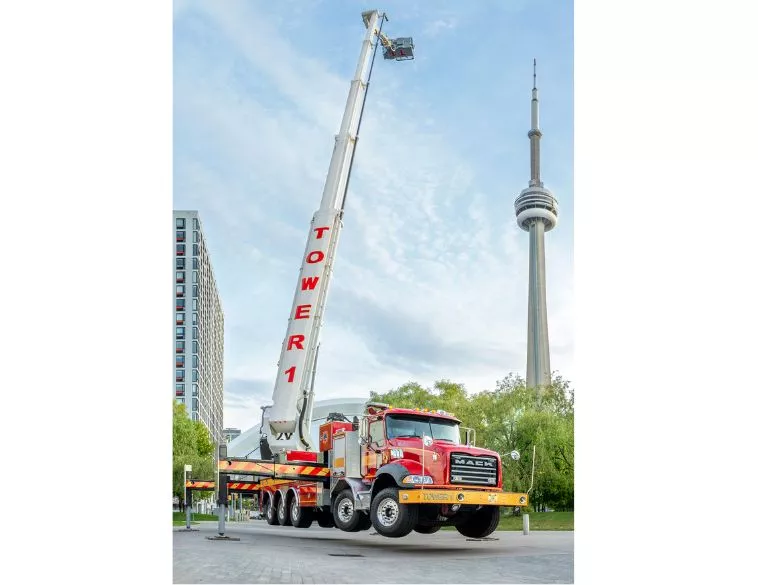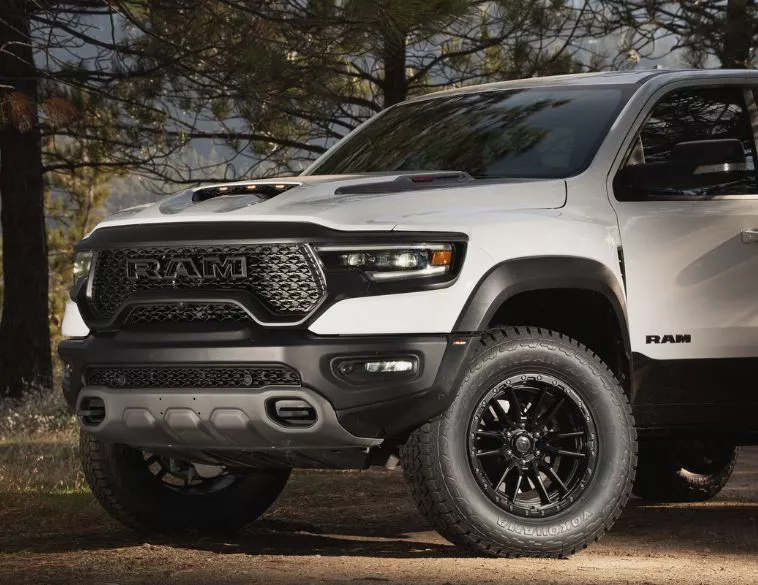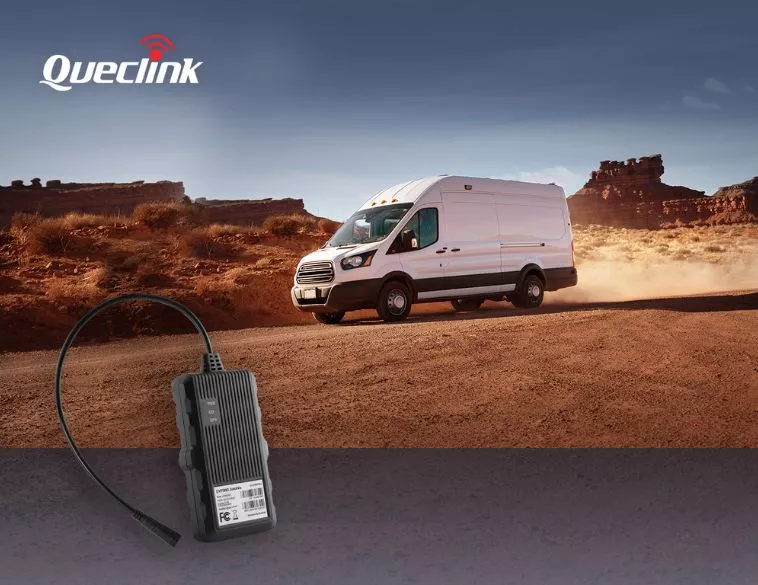Fire Trucks Built to Save Lives
For many of us, childhood memories include the thrill of seeing a fire truck roar past, bright red paint, gleaming chrome, flashing lights, and the unmistakable presence of real-life heroes at the wheel.

While a few classic, museum-worthy fire trucks can still be spotted on the road, or parked in spotless fire halls, these vehicles have gone through decades of change, and in some cases, a complete transformation. Fleet & Mobility set out to explore these extraordinary machines.
For Rob Anselmi, Division Chief of Mechanical Maintenance, Equipment and Asset Management at Toronto Fire Services, that fascination became a lifelong career. For nearly four decades, he has overseen vehicle purchases for the largest fire service in Canada.
“I’ve been doing this job for 37 years now,” he says. “I started before the City of Toronto amalgamated six municipalities, back when I was in Etobicoke on the west side. It was a small department with 12 fire halls, and on my very first day, I was working on these beat-up little rescue trucks with gas engines and points carburetors. We had open-cab trucks and standard transmissions.”
Anselmi says the biggest change over the years has been the shift to fire trucks built specifically for firefighting. When he first started, emergency vehicles were usually built by taking standard medium- or heavy-duty trucks and adding pumps, ladders and other gear. Smaller municipalities may still use that approach, but larger cities now operate purpose-built rigs that start with a bare chassis. While brands like Mack produced excellent commercial trucks, a fire truck is expected to last 15 to 20 years, compared to just five to seven for a typical commercial vehicle.
Another game-changer, he says, was the arrival of fully-enclosed cabs. “In 1952, Smeal had an enclosed-cab aerial ladder truck,” Anselmi recalls. “it was the first one ever made. And yet, 30 years later, we were still driving around in open-cab trucks. I never understood why they wouldn’t put a roof on a fire truck. But eventually, Lafrance started to make fire trucks with a roof on them. Wow, what a concept!”
That change also led to cabs that were safer, quieter, more comfortable and better suited to the job.
Technology: the good, the bad
Like other commercial and industrial vehicles, fire trucks have moved into the digital age, with electronic systems now playing a major role. Beyond engines, drivetrains and driving-related technologies, the modernization of their operational equipment, especially ladder controls and truck stabilization, has brought significant benefits.
“The original aerial ladders were equipped with a manual jack,” Anselmi explains. “You had to place it on the ground and crank it like a big screw. Today, the system is fully electronic and hydraulic. A single press deploys the stabilizers and levels the truck in 30 seconds. It’s not just a great feature, it’s a much better system that is faster, applies the right pressure on each jack, and lets the operator press that button before moving on to other tasks, like preparing to raise the ladder.”
Anselmi notes that electronic controls have also made ladder operations safer by monitoring how much weight the ladder can support at any given angle. “In the past,” he adds, “load limits were set using a horizontal position as the benchmark. Today, North American manufacturers follow the European ‘envelope control’ standard, which continually measures capacity based on angle, and adjusts it in real time."
These modern systems are much safer to operate. ”More importantly, the truck alerts you when you move out of the safe range, whereas in the past it was almost a guessing game,” says Anselmi. “Older models had a device that measured hydraulic pressure, warned you if you were overloading the ladder, and set off a horn. Today, almost every model includes safeguards that make it nearly impossible to make a mistake and tip a ladder over.”
That’s especially important, Anselmi says, because there is no official certification required to operate a fire truck ladder. Even so, he acknowledges that in some cases the latest technology can go a little too far.
“Electronics and features like these are great, but operating a pump is a very hands-on experience,” he explains. “Water comes in through one large hose, and out through another. You can feel it when you work the valve or the intake hoses, and you know when you’re about to run out of water by the sound of the truck. The systems now installed on trucks are fully electronic and look like an iPad mounted on the side.”
These electronic controls can lead to a false sense of how much water is actually being delivered to the fire. “Fire nozzles are now of very high quality,” Anselmi adds. “Even with significantly reduced water supply, the stream can look strong because the nozzle compensates. But the actual flow is far from enough. Unless you read a flow meter to check the pressure in kilopascals, you might not even realize it.”
For Anselmi, most technological innovations are worthwhile, can help save lives, and are sometimes required by the National Fire Protection Association, the North American body that oversees firefighting equipment. Even so, he remains a strong advocate of simplicity.
Shiny trucks, working tools
Whether in a small town or a big city, fire trucks continue to fascinate both children and adults. At events, parades or festivals, their chrome, colours, lights and impressive array of gauges, valves and hoses always attract attention. But beyond their appearance, Anselmi points out that they are, above all, essential tools for saving lives. "If a politician ever asked me, ‘Why don’t you save money and make your truck less fancy?’ I’d say, ‘Point to anything on this truck and I’ll tell you why it’s built and looks that way.’"
Higher and farther
In 2021, the City of Toronto purchased a Bronto F230RPX telescopic rescue platform for a total cost of $3 million. It has a maximum height of 230 feet (70 metres), the equivalent of a 20-storey building. Built in Finland, and installed in Quebec by 1200˚ Techno Feu, it was, at the time of delivery, the tallest of its kind in North America, and well ahead of the second tallest at just 135 feet. Why make such an investment?
"Aside from being the coolest truck on the planet, its impressive reach is what stands out," says Anselmi. "Toronto is a city filled with high-rise buildings, and we now track not only the time it takes to get from the station to the address, but also the time it takes to reach the actual scene of the incident.
"What makes it so valuable isn’t just its vertical reach, but how far it can stretch horizontally. It can reach 70 feet out even when 160 feet in the air. That extra range is crucial when the truck can’t be parked close to a building, allowing firefighters to reach places no other platform can. Built on a five-axle Mack, Anselmi says it’s actually easier to drive than a regular aerial ladder."
A strong Canadian industry
Canada may not manufacture fire truck chassis, but it is home to a thriving industry that builds, distributes and assembles complete vehicles. In Quebec, the sector includes Véhicules d’urgence Carl Thibault, whose history spans more than a century; MAXIMETAL, now part of the Oshkosh Group; 1200 Degrés, made up of Techno Feu, Boivin & Gauvin and 1200 Degrees Ontario; and Les Industries Lafleur. In Ontario, Dependable Emergency Vehicles of Brampton holds a leading position, while in Western Canada, Fort Garry Fire Trucks operates out of Winnipeg, serving both Canada and the U.S., and Safetek Profire, in British Columbia supplies clients nationwide. A network of suppliers across the country helps keep this industry strong.









